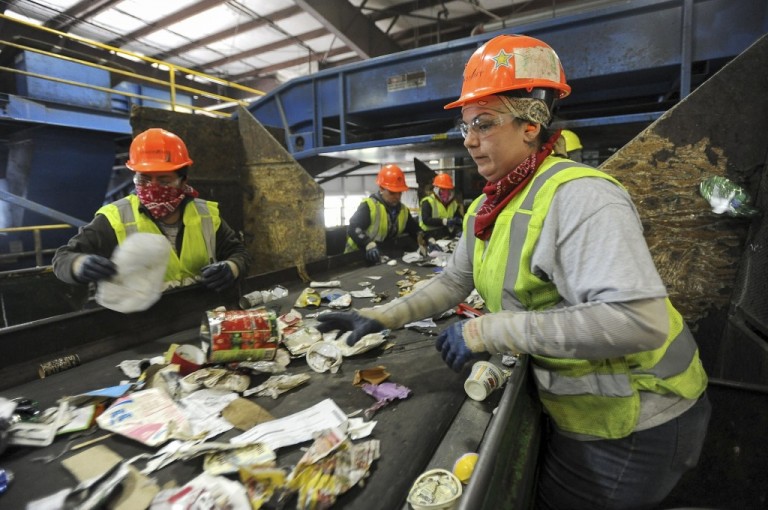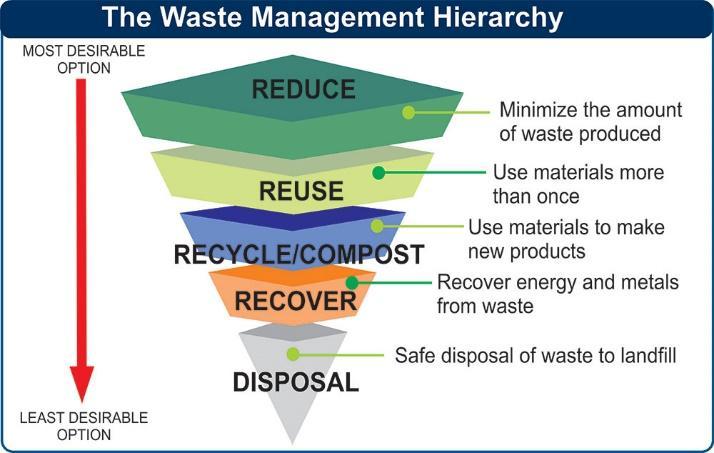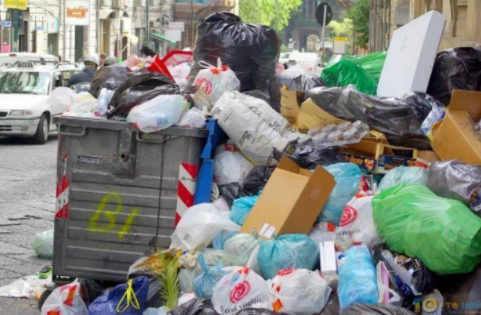How and when did the recycling begin
Recycling is a common practice in most of human history. The earliest evidence of conscious practice of this activity dates back to Plato in the fourth century BC. At a time when resources were scarce and hard to reach, archaeological studies of ancient landfills showed fewer finds of municipal waste (such as ash, broken tools and ceramics). From this it can be concluded that in the absence of new raw materials , the ancients were forced to use up to the last available items, to melt them and to make new materials from the received material. In today’s language, recycle them.
In the time before industrial production began in Europe, there was evidence that materials such as bronze and other metals had been recyclable by humans, so they were almost in continuous use.
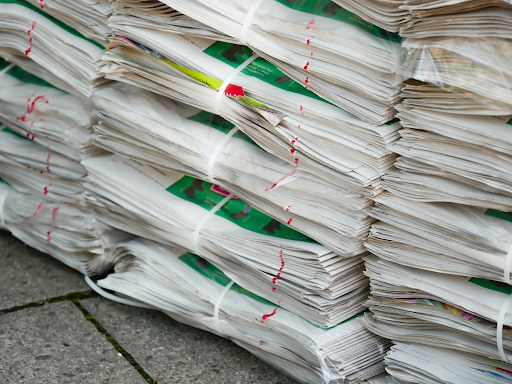
Paper recycling was first recorded in 1031 when Japanese stores began selling so-called security paper.
In the UK, dust and ash from charcoal collected from garbage have been reused as a basic material for making bricks and bricks.
The main driver for this recycling is the economic benefit of receiving a new product from recycled raw material instead of new materials. Last but not least, there is a lack of public waste collection in increasingly densely populated areas. In 1813, in Bathley, Yorkshire, Benjamin Law developed the process of pulling out old rags and mixing them with real wool. In West Yorkshire, this “ragged” industry in cities such as Batley and Dewsbury existed from the early 19th century to 1914.
Industrialization stimulates the demand for affordable materials; in addition to rags, ferrous metals were especially sought after because they were cheaper than ore extraction. Railways in the 19th century bought and sold scrap, and in the early 20th century scrap began to be used more and more in the growing steel and automotive industries.
Many recyclables are collected, processed and sold by cloisters that search dumps and city streets for discarded machines, pots, pans and other sources of metal. By the First World War, thousands of such merchants were walking the streets of American cities, taking advantage of market demand to recycle recycled materials for industrial production.
Around the 1800s, in the UK and Ireland, some beverage producers began accepting returned bottles to refund the deposit. An official recycling system for glass bottles was established in Sweden in 1884 , and almost a century later, in 1982, aluminum beverage cans were also taken back. As a rule, recycling of metal beverage containers reaches 84-99 percent depending on the type, and a glass bottle can be filled more than 20 times on average.
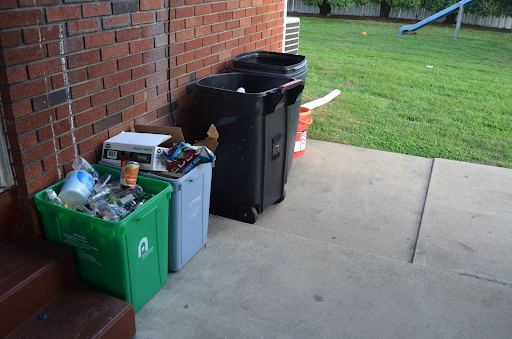
Recycling / salvage – was becoming a major problem for governments during World War II.
The financial constraints and significant shortage of materials due to the war necessitate the reuse of goods and the recycling of materials. This scarcity of resources caused by world wars and other similar changes in the world greatly promote recycling. Military action consumes much of the material resources available, leaving little to the civilian population. Most households are forced to recycle their waste as an additional source of material. That way, people will make the most of what is available to them.
Recycling household materials means more resources for military action and a greater chance of winning. The belligerent states organized mass campaigns on the internal front, calling on the population to tear metals, paper, textile waste, rubber , etc. The issue of patriotism among citizens was participation in the National Salvation Campaign in the United Kingdom or “Salvation for Victory” in the United States.
In the 1970s, the world was forced to make significant investments in the recycling of raw materials. The main reason for this is the increasing energy costs. For example, when recycling aluminum, only 5% of the energy required to produce the original material is used. The savings in recycling glass, paper and other metals are not that impressive, but they are still tangible.
Although materials used in consumer electronics manufacturing, such as TVs, have been around since the 1920s, their recycling is almost unknown until early 1991.
The first e-waste recycling scheme was introduced in Switzerland. The Swiss are the first to start collecting old recycling refrigerators, with this activity gradually expanding to include all household appliances. The use of electrical appliances in all countries of the country is beginning to develop in an avalanche and they do not have the capacity to handle the huge amounts of electronic waste generated.
There is a growing awareness of the dangerous nature of these appliances. Developed countries are beginning to address the problem in developing countries without implementing environmental legislation. This is cheaper, because recycling monitors for computers in the US, for example, costs 10 times more than in China.
At the same time, the demand for electronic waste in Asia begins to increase as they find that precious metals such as copper, silver, iron, silicon, nickel, and gold can be recovered in recycling . The year 2000 saw a significant increase in both the sale of electronic devices and the increase in the flow of electronic waste. In 2002, this type of waste is growing faster than any other type of waste in the EU. This has led to an increase in investment in modern, automated recycling facilities for end-of-life appliances, especially since 2003, when strict legislation to this end is adopted.
As of 2014, the European Union generates about 50% of the world’s share in waste production and recycling. Accepted requirements require countries to reach recycling levels of at least 50%. In 2013, in the leading countries, this share was about 65% and the EU average was 39%. In 2015, the EU average increased steadily to 45%.
In 2018, changes in the recycling market triggered a global “crisis” in the industry. On December 31, 2017, China announced its “National Sword” policy , setting new standards for the import of recyclable materials and banning materials considered too “dirty” or “hazardous”. The new policy has caused dramatic disruption to the global recycling market and reduced the prices of scrap, plastics and low quality paper. Exports of recyclable materials from the G7 countries to China have dropped dramatically, much of their exports being diverted to Southeast Asian countries . The crisis has raised significant concerns about the practices and environmental sustainability of the recycling industry. The abrupt change has led countries to accept more recyclable materials than they could process.
